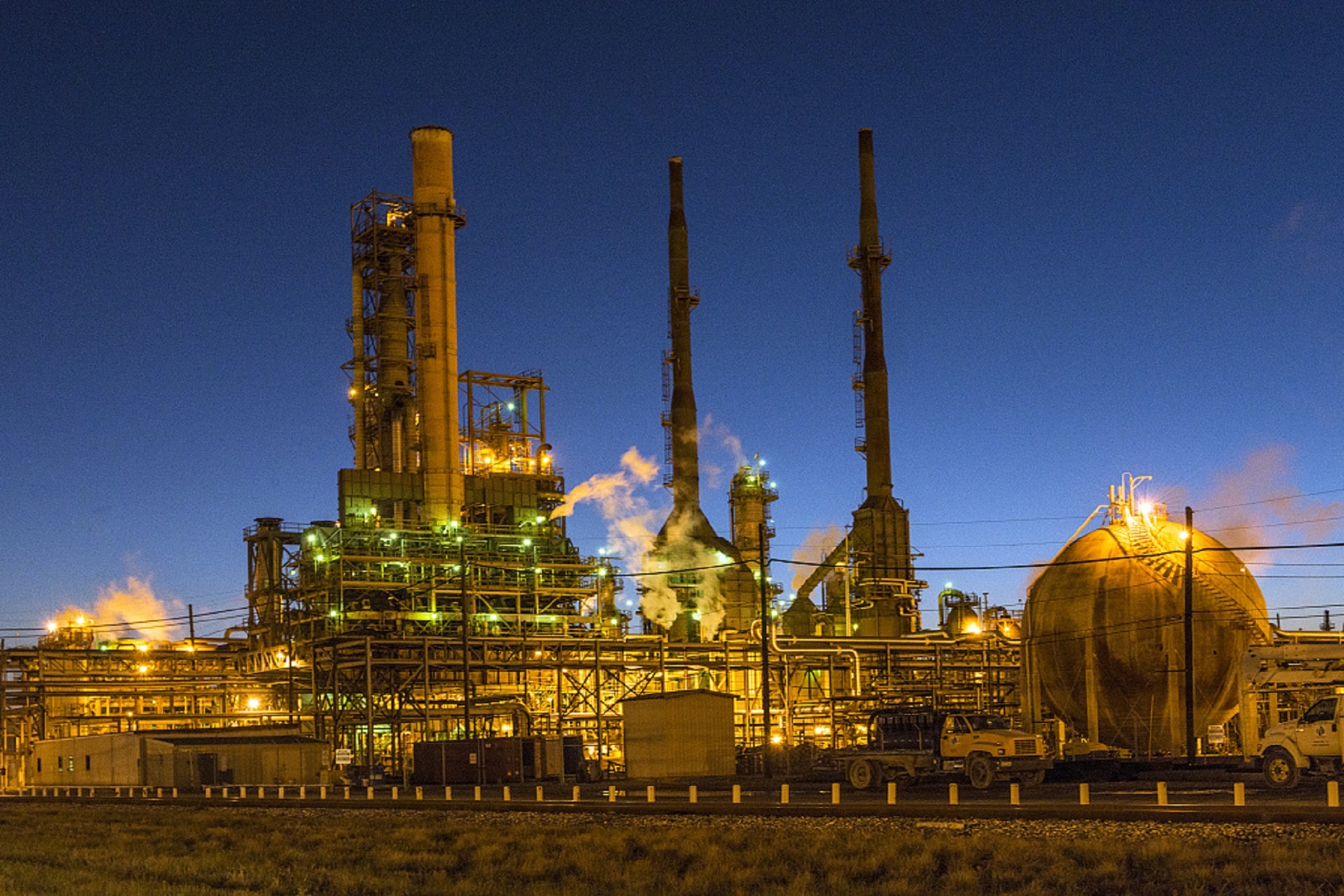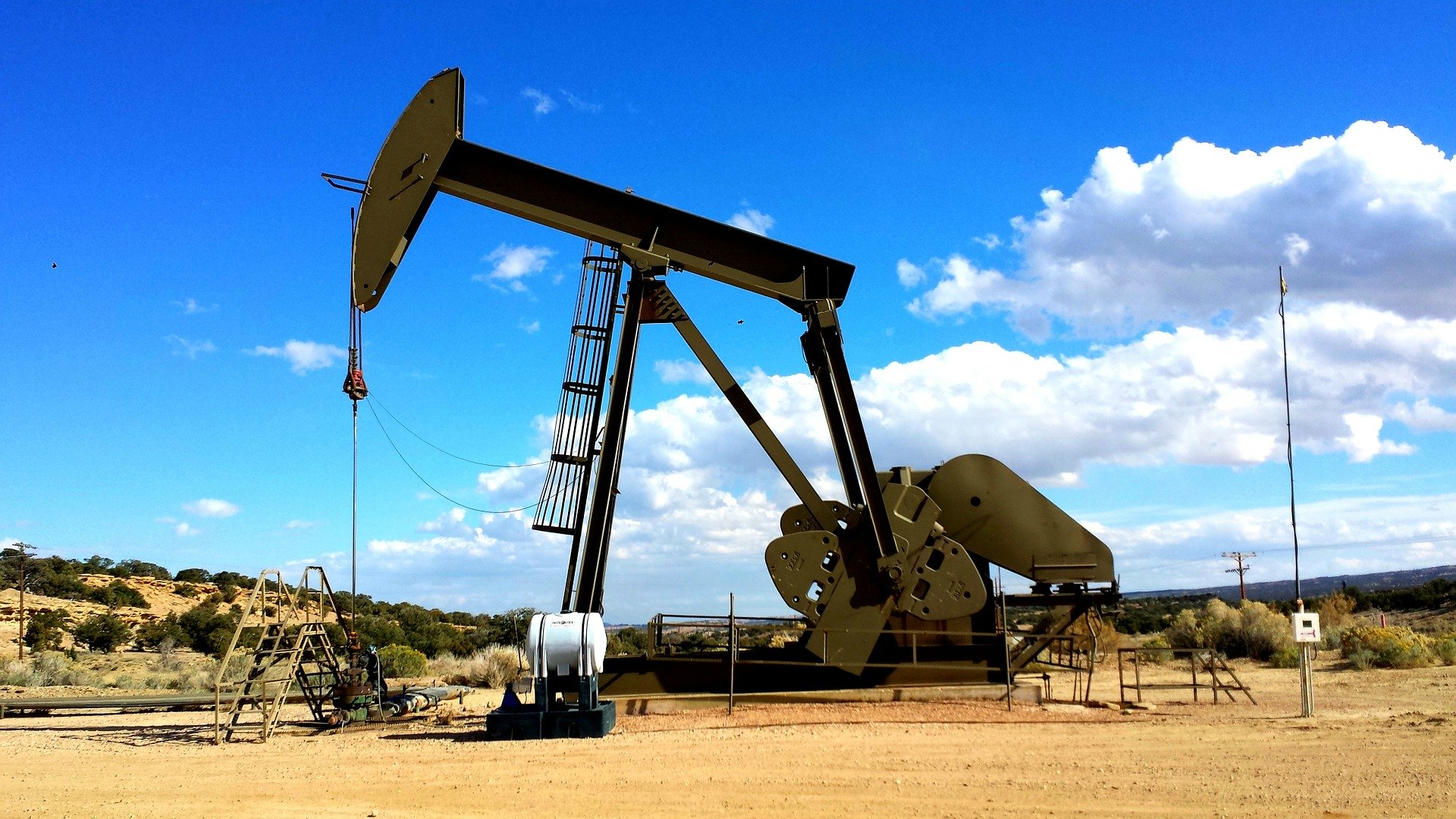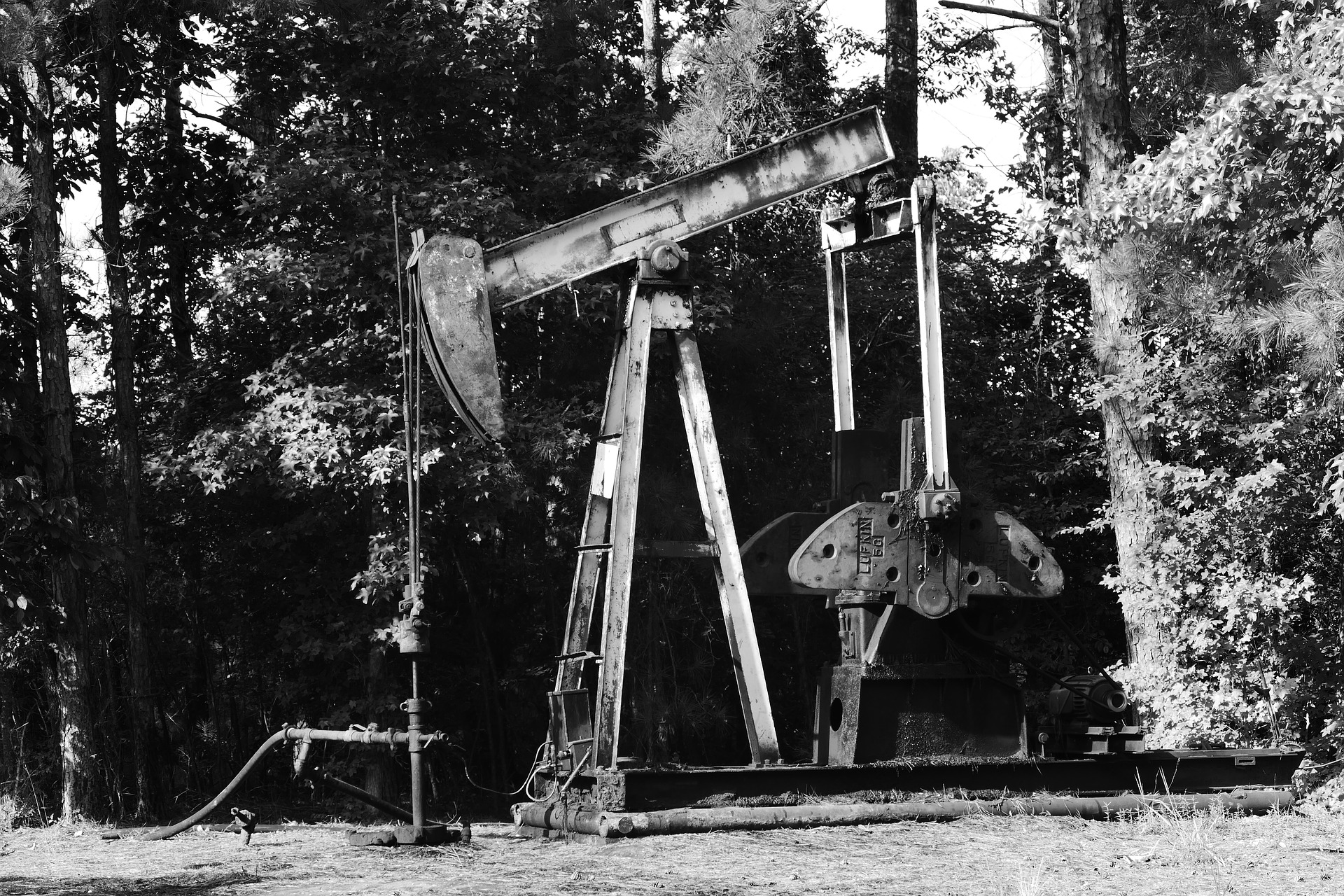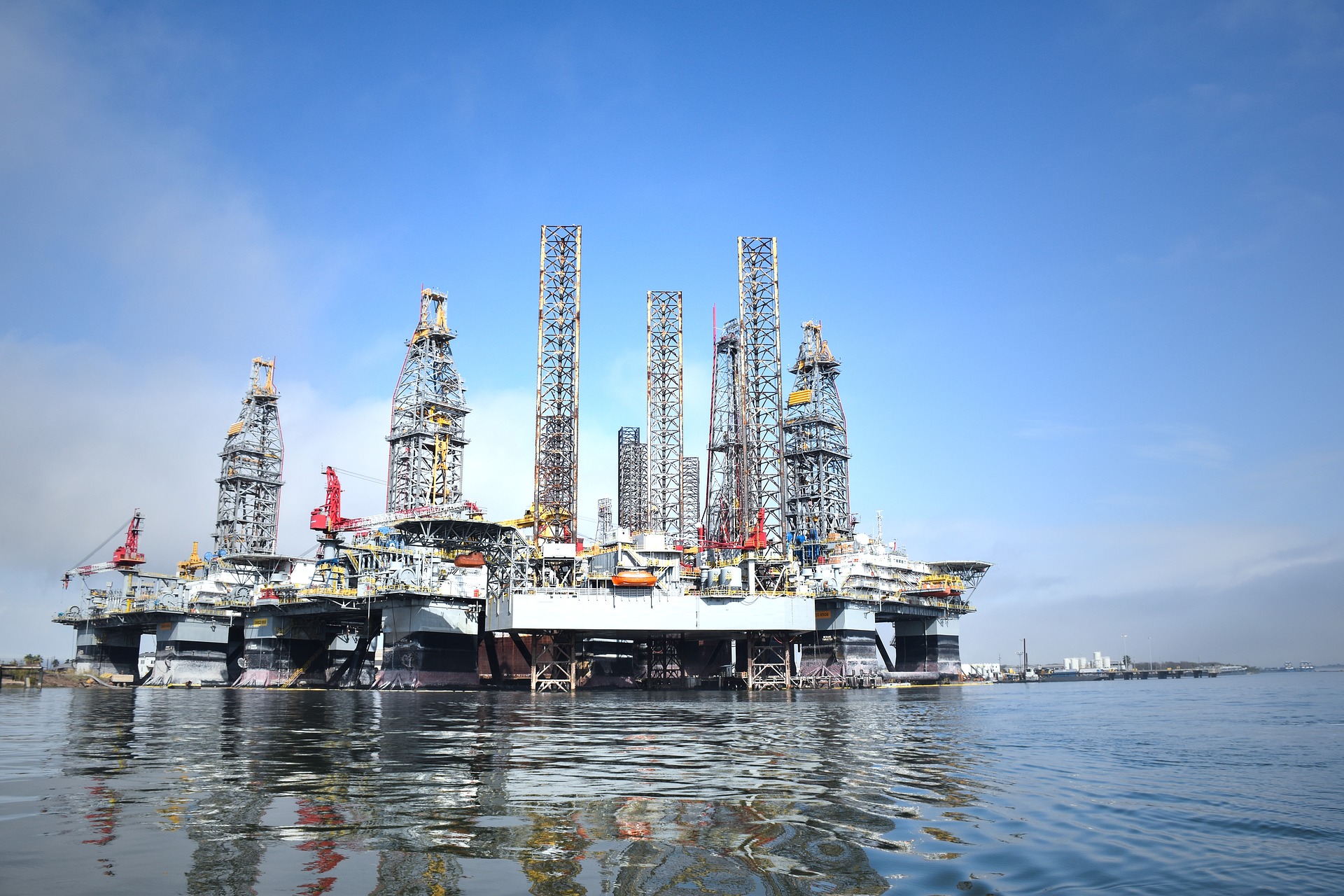


Prof. Arunaditya Sahay
Dean (Research)
Professor of Strategic Management, BIMTECH (View Full Profile)



Colonel Drake, who dug the first oil well in Pennsylvania in 1859, and Rockefeller, who created an integrated oil industry in 1865 to become oil baron, would be restless in their grave to know that Crude has been bitten by Corona so deep that it has plunged to an unthinkable level of minus $38 a barrel.
The exploration & production of crude has gone haywire world over; the storage capacity being full and the consumption crumbled by lock down world over.
History of Crude Oil: From Mummies to Medicine
Legend has it that oil was known even in 600 B.C when it was transported through pipelines made of bamboo. Historically, crude oil used to bubble up to the surface that was used by the ancient people of Babylonia – present day Iraq.
Such oil was used to waterproof the boats as well as mortar in road and building construction. The Egyptians, too, were using such oil in the preparation of mummies. However, modern world connects crude to Colonel Drake but the Scottish chemist James Young had noticed natural petroleum in 1847 itself when he observed the seepage in the Riddings Colliery in Derbyshire. The seepage was collected and distilled. The light thin oil was used as lamp oil while thicker distillate was used for lubricating machinery.

This supply of crude oil from the coal mine, however, exhausted in 1851 itself. Similar type of oil was found around some house and farms in Pennsylvania. Rock Oil Company had a leased land near Titusville in Pennsylvania, where oil used to seep out to the surface and was collected for medicinal uses. Rock Oil expected to sell this oil for lighting and thereby to make money.
Drake, who was earlier a rail road conductor, was sent by the company for survey and exploitation of the land. Drake, who was introduced to the local authorities as colonel, succeeded in drilling first oil well in which he discovered oil at a depth of 21 meters only.
History of Indian Oil Industry Legend
In India, oil was discovered accidentally. During the Anglo-Burmese war in 1825, Lt. Wilcox of 46th infantry regiment observed bubbles of gas and petroleum oozing out of the surface in Makum (20 km from Digboi) jungle. The British government took quite some time to assimilate the information and assign Geological Survey of India (GSI), which was established in 1851, to do a detailed survey.
In 1867, just eight years after Col. Drake’s first oil well, the Stewart Company of Calcutta started drilling for oil; they found oil but the well was not economically viable, therefore, it had to be shut down. Later, Assam Oil Company struck oil in its first well in 1899 and soon after, established a refinery in 1901 – the first one in the Asian continent.

Over a period, this has become the Oil India Ltd., a public sector unit of the Government of India. Later, ONGC – a government of India undertaking – was formed for exploration and production of crude oil. Some private sector players, including Reliance, joined the E&P band wagon with little success. Despite this, India remained one of world’s biggest oil importer; her economy getting considerably affected by the global oil prices as crude oil constitutes 82% of its import bill.
Oil industry ruled the roost in the later part of 19th century and throughout the 20th century; the oil companies always remained in Fortune top 10 list of the world. While Rockefeller built Oil Empire, Karl Benz fuelled the oil industry through his invention of motor car in 1885 that was further boosted by the assembly line of Henry Ford that mass produced affordable Model T car in by 1908. This was followed by finding of further reserves in Middle East by Western companies securing oil exploration and extraction rights at a pittance.

Oil as Political and Military Weapon
With the outbreak of World War I in 1914, oil became essential for the defence of the nation as it was needed for military trucks, tanks, warships and newly developed fighters and bombers. World War II, that started in 1939 made the oil still more valuable.
The Anglo-American Petroleum Agreement was signed on August 8, 1944 that resulted in the division of Middle East oil between the US and the UK when Roosevelt had said, “Persian oil… is yours. We share the oil of Iraq and Kuwait. As for Saudi Arabian oil, it’s ours.” However, this arrangement did not include the people of the countries concerned. By the end of WW II, control of oil became a big political and economic power.
Britain was using the Suez Canal as an import route for Middle Eastern oil. As In 1956, Egypt regained the Canal, it not only hurt British pride and power but also made Britain pay a higher price for oil. Thus, the balance of power started shifting to the Middle East nations resulting in the Suez Canal Crisis.

As Western nations’ dependency went on increasing, Middle Eastern nations understood their bargaining power and started renegotiated existing deals with Western oil companies; they wanted higher proportion of the oil profits leading to the creation of Organisation of Arab Petroleum Exporting Countries (OPEC).
In 1973, OPEC instigated oil embargo in retaliation to American support for Israel in the War against Egypt and Syria. Oil supplies from Middle East was stopped which resulted in nearly quadrupling the price. Oil changed the world; nations started finding alternate source of energy and the Western nations started drilling deeper below the surface of the Sea.

It took a huge investment and a decade of oil exploration when North Sea oil (Brent Crude) flowed for the first time on 3 November, 1975. An increasingly high oil price made this extraction of North Sea crude oil economically viable. Despite this, the West was still dependent on Middle Eastern oil; the crude price was going up attaining a price of $ 110/barrel.
Oil, thus, was not only gaining economic importance but it became a political and military weapon as well. This is obvious from Iraq’s invasion of Kuwait in 1990 and setting fire to over 700 Kuwaiti oil fields. Looking at skyrocketing price, USA and Canada started a new technique for oil extraction – fracking – which became profitable at existing crude price.
Thus, US crude oil production went on increasing and the price stabilized for a short period and then started falling; the average price fell from $100 to $60 between the years 2014 and 2015.
Meanwhile, against their usual policy of cutting down production, OPEC maintained production levels and let the price fall to punish USA oil frackers, Russia and North Sea oil producers, whose profitability depended on high oil prices. Thus, crude oil prices started dropping; the price of oil dropped by over 40% by the end of 2014.

Indian Crude Basket is representation of a derived basket of crude oils comprising sour (Dubai and Oman) and sweet (Brent) processed in Indian oil refineries. This consists of sour and sweet crude in 75: 25 ratio approximately.
It was priced at $75 till early December, 2019 but suddenly started falling and was at around $21 on April 30. The worst fall was in Western Texas Intermediate (WTI) crude which recorded a price of minus $38 for May futures on April 21. This meant that producers would be paying buyers to take oil off them.
Corona Pandemic and the Great Oil Crash
Such a unique situation arose because of Corona pandemic that has resulted in social distancing and lockdowns across the world slashing the demand to nearly zero level as world’s industry and travel have come to a grinding a halt not to speak of millions of cars, buses and boats those were consuming oil in the form of petrol or diesel.

Further, Corona brought a fissure in OPEC+ countries as a petroleum price war ensued when Russia refused to cut production in the month of March. As of April 28th, the OPEC basket stood at $21 per barrel, compared to $20.46 for Brent oil and $14.22 for WTI oil.
This slump in crude oil prices has threatened the political stability of oil-dependent nations. Strangely enough, Corona fury made President Donald Trump to call on April 2 for a coordinated production cut worldwide. Thus, he become the first U.S. leader to act for driving up the global price of oil. His intervention has resulted in an unprecedented agreement to cut global oil production by nearly one tenth.
One wonders whether low price of the crude will be maintained or prices will further come down as oil flow cannot be stopped like tap water; closing the wells may take some time and the deep wells may not be commissioned again because of certain technical and geological reasons which will affect the economy of deep well oil producing nations.











